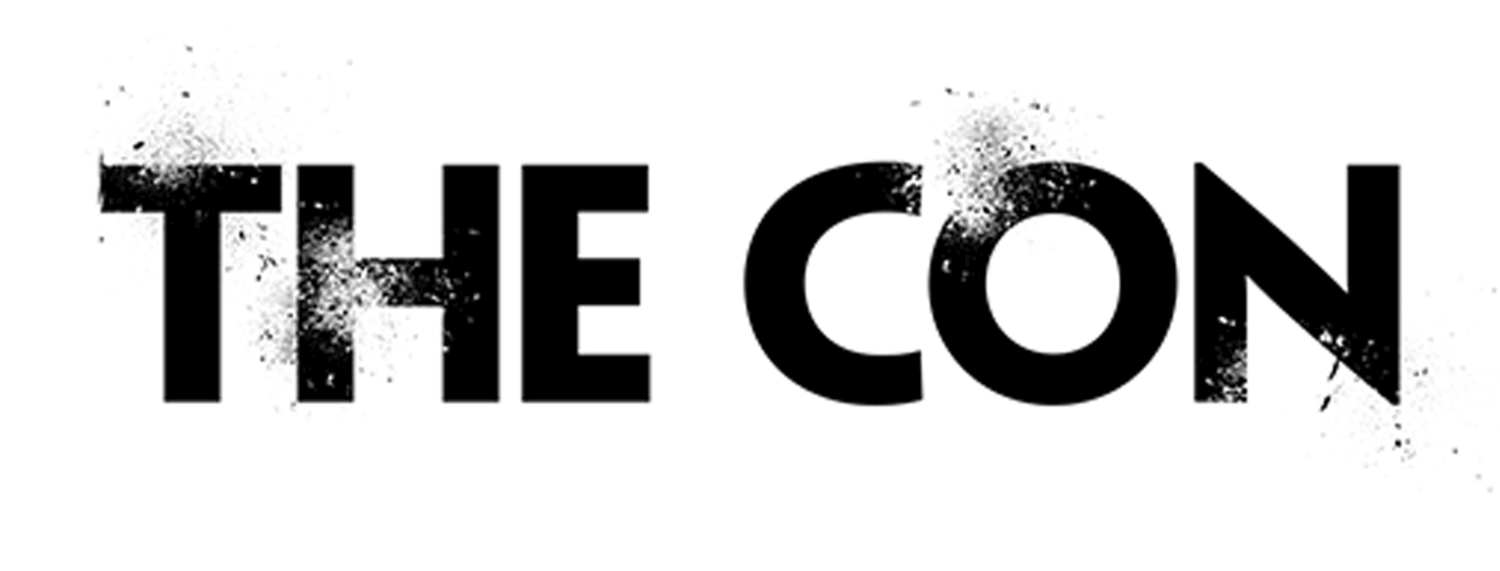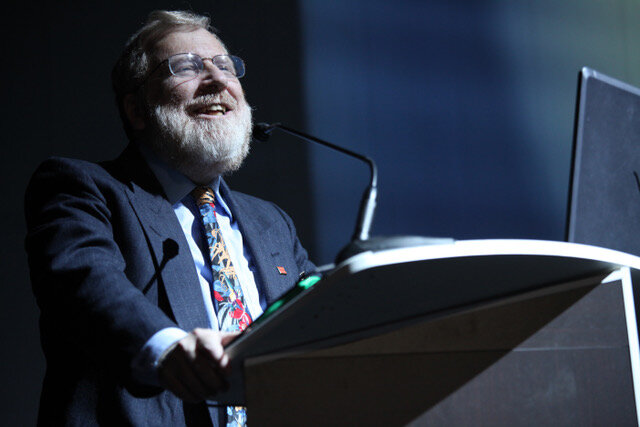‘The Con’ – The Docuseries and the Underlying Elite Fraud and Predation Epidemics
By: William K. Black
Associate Professor of Economics and Law, University of Missouri-Kansas City
When you watch the five-part docuseries called “The Con” be prepared to have your preconceptions about the Great Financial Crisis (GFC) shattered. While my primary appointment is in economics, I am a white-collar criminologist and my research focuses on the most elite and harmful forms of fraud, corruption, and predation. I was a senior regulator in the heart of the savings and loan debacle’s second and third phases (1982-1993 and 1990-2018). Please focus on those dates. The Con is the first documentary that explains the significance of the debacle’s second and third phases. This is the first in what we hope to be many blogs explaining the ongoing Con and how to respond to it. Note that the dates of the debacle’s second and third phase overlap – and that the debacle’s third phase is the GFC.
The Con is the first documentary that recognizes and reveals that the debacle’s second and third phases were the “test bed” that fraudulent financial CEOs used to ‘fine tune’ their fraud and predation schemes culminating in the GFC. The fraud and predation schemes in use by 1993 were the same schemes that drove the GFC. Elite fraudsters tinker on the margins to improve their fraud and predation schemes, which means that each of the new bells and whistles made schemes that were obviously fraudulent and predatory even more obviously toxic. That means that the task of economists and regulators in identifying and preventing a coming catastrophe has never been easier.
This first post addresses three vital points you will learn from watching The Con. I will develop these points in detail in future posts. First, we knew how to identify, stop in its tracks, and prosecute successfully the epidemics of elite fraud and the most elite fraudsters. You will be delighted, and then perhaps horrified at the anti-regulators and prosecutors’ successes in dealing with those elite fraudsters. The horror is that the anti-regulators and prosecutors responsible for preventing the GFC, with all the advantages they should have had compared to the thrift regulators, failed. Failure is an inadequate word to describe the cowardly, dishonest shilling for elite frauds rather than holding them personally accountable.
Second, we knew the specific fraud practices that produced record (albeit fictional) reported profits and if allowed to persist hyper-inflated real estate bubbles. We knew the leading indicators that allowed us to identify the frauds and failures many years in advance of their collapse. You will be appalled to learn that economists, anti-regulators, and prosecutors ignored everything we learned about the leading indicators and believed the nonsense of extreme reported profits. They did not believe in bubbles.
Third, economists and the anti-regulators shamelessly praised the worst elite frauds and predators and the most senior prosecutors refused to hold a single elite banker personally accountable for epidemics of elite fraud that drove the GFC. Other courageous people provided warnings of unprecedented clarity and timeliness that should have made it simple to prevent the GFC and prosecute the financial elites.
The Con presents many of these courageous people, who often paid a terrible price to make the warnings. There were two types of warnings. The three great industrywide warnings of the fraud epidemics driving the GFC were by the appraisers beginning in 1998, the FBI in September 2004, and the mortgage industry’s own anti-fraud experts in early 2006.
Whistleblowers warned of frauds at specific firms. You will meet several of them in The Con. (The 11,000 appraisers who signed the petition warning that lenders were extorting appraisers to inflate home values were also whistleblowers.) You will be appalled at the consistent response of the most elite bank CEOs and prosecutors to the whistleblowers. The whistleblowers gave DOJ criminal cases against the most elite bankers on a platinum platter. CEOs retaliated against the whistleblowers. The prosecutors ignored them.
We need to restore the rule of law. We know how to succeed because the thrift regulators succeeded in far more difficult circumstances where we were the first to diagnose what were then novel fraud and predation schemes and counter them successfully. We were also the first to team with the FBI and DOJ to prosecute them successfully. We need regulatory and prosecutorial leaders with the will and the courage to succeed. The Con introduces you to these leaders.
THE CON is an in-depth investigation into the 2008 financial crisis.
ABOUT THE AUTHOR
Bill Black is an Associate Professor of Economics and Law at the University of Missouri – Kansas City (UMKC). He was the Executive Director of the Institute for Fraud Prevention from 2005-2007. He has taught previously at the LBJ School of Public Affairs at the University of Texas at Austin and at Santa Clara University, where he was also the distinguished scholar in residence for insurance law and a visiting scholar at the Markkula Center for Applied Ethics.
He was litigation director of the Federal Home Loan Bank Board, deputy director of the FSLIC, SVP and General Counsel of the Federal Home Loan Bank of San Francisco, and Senior Deputy Chief Counsel, Office of Thrift Supervision. He was deputy director of the National Commission on Financial Institution Reform, Recovery and Enforcement.
Black developed the concept of "control fraud"–-frauds in which the CEO or head of state uses the entity as a "weapon." Control frauds cause greater financial losses than all other forms of property crime combined and kill and maim thousands. He recently helped the World Bank develop anti-corruption initiatives and served as an expert for OFHEO in its enforcement action against Fannie Mae’s former senior management.
He teaches White-Collar Crime, Public Finance, Antitrust, Law & Economics (all joint, multidisciplinary classes for economics and law students), and Latin American Development (co-taught with Professor Grieco, UMKC – History).

